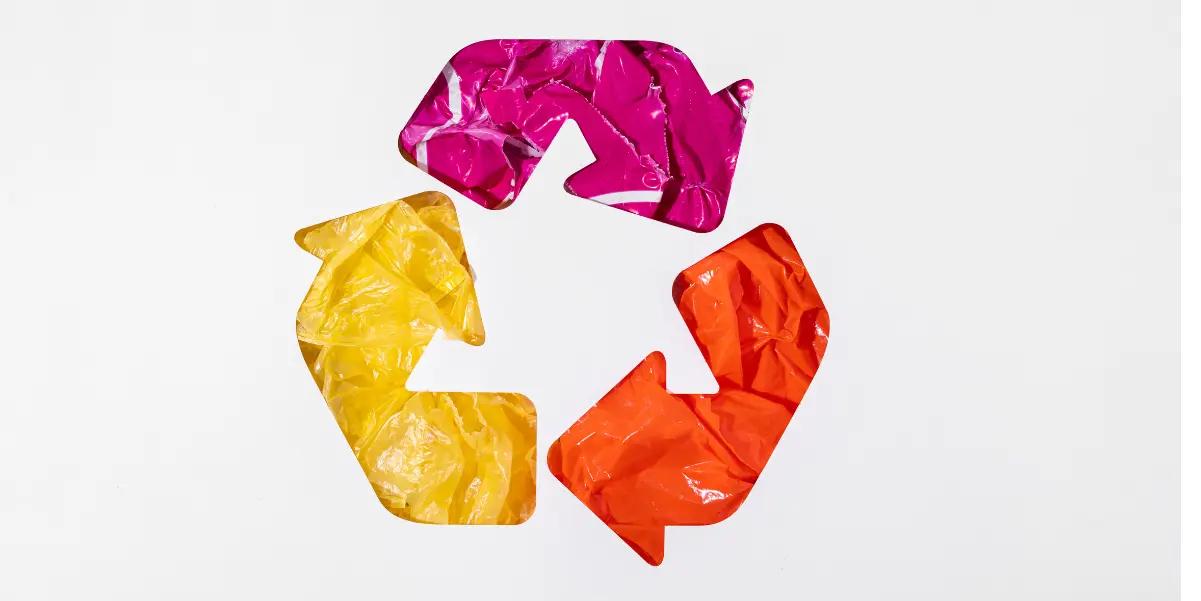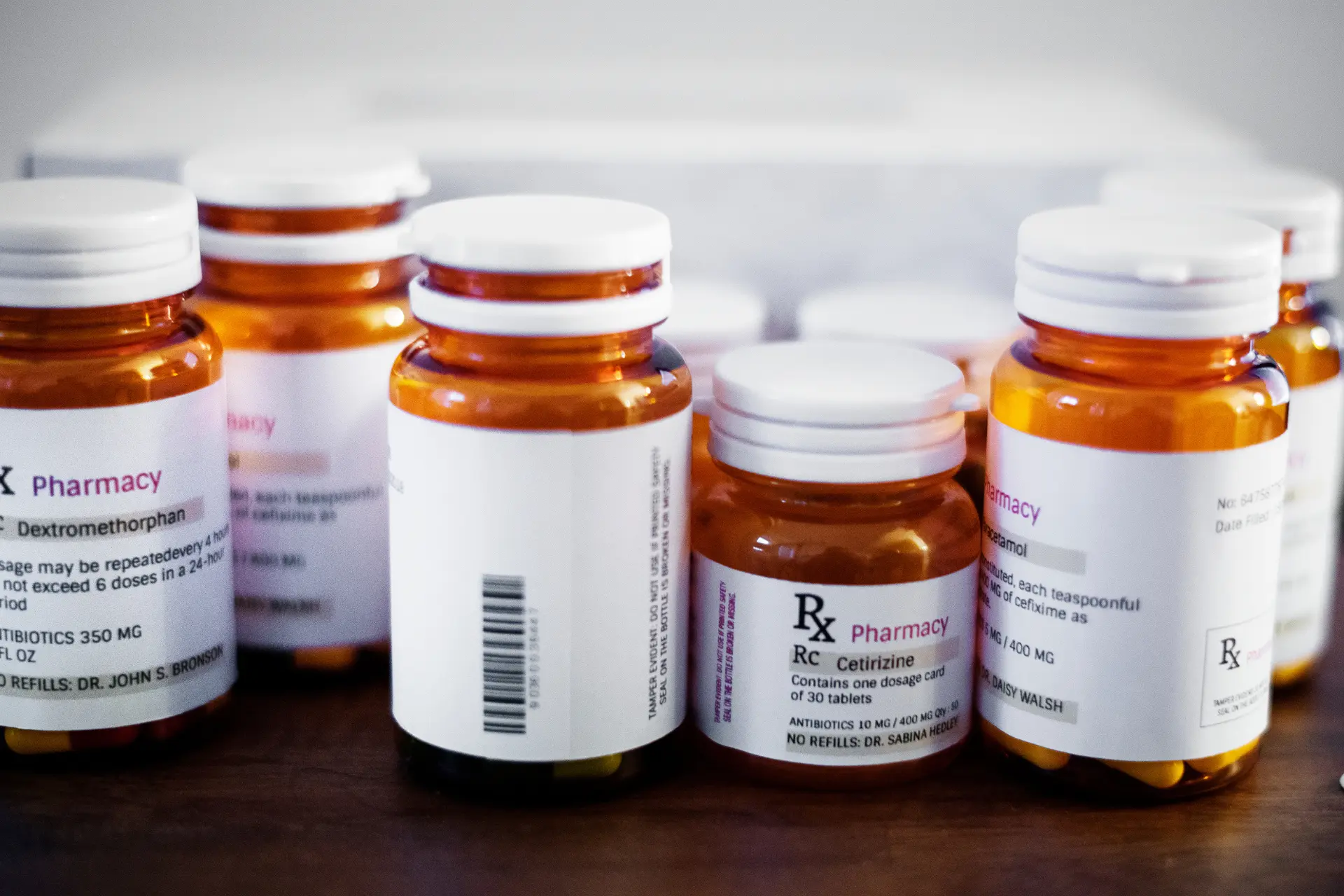Introduction
Recycling has become a cornerstone of sustainable living. With increasing awareness of the environmental crisis, more consumers are looking for ways to make environmentally friendly choices. One such tool aiding this effort is the on-pack recycling label (OPRL). This article explores what these labels are, their significance, and how they contribute to a sustainable future.
What Is an On-Pack Recycling Label?
Definition of On-Pack Recycling Labels
An on-pack recycling label is a visual guide found on product packaging. It tells consumers how to dispose of the product and its packaging responsibly. These labels indicate whether an item is recyclable, partially recyclable, or not recyclable at all. They serve as a bridge between brands, consumers, and recycling systems.
The journey of recycling labels began with simple recycling symbols like the Mobius Loop in the 1970s. As consumer interest in sustainability grew, the need for detailed and accessible guidance led to the creation of on-pack recycling labels. Today, these labels are vital tools for clear communication about recycling practices.
Why Are On-Pack Recycling Labels Important?
Encouraging Responsible Consumer Behaviour
On-pack recycling labels empower consumers to make informed decisions about waste disposal. Clear instructions encourage individuals to recycle correctly, reducing waste sent to landfill. For example, instructions such as “Rinse before recycling” improve the quality of recyclable materials.
Supporting Circular Economies
Circular economies aim to keep materials in use for as long as possible. Recycling is a critical component, and clear labelling helps ensure materials are returned to the system efficiently. This creates a closed-loop system where resources are reused rather than wasted.
Reducing Contamination in Recycling Streams
Improper disposal can lead to contamination, making entire batches of recyclables unusable. Labels like “Check locally” or “Not recyclable” prevent such issues by guiding consumers to the correct disposal method. This improves the efficiency and cost-effectiveness of recycling systems.
Types of On-Pack Recycling Labels
Common Recycling Symbols and Certifications
The most recognisable recycling symbol is the Mobius Loop, three chasing arrows forming a triangle. Other certifications, such as Forest Stewardship Council (FSC) logos, indicate responsibly sourced materials.
Label Variations Across Regions
Different countries have varying recycling systems, which influence labelling. For instance, the UK uses OPRL, while the US and EU have their own standards. These variations highlight the need for global standardisation.
Detailed Labelling Instructions
Labels often include instructions like “Widely Recycled” or “Recycle with Bags at Large Supermarkets”. These labels clarify how and where to recycle specific items, ensuring consumers know the next steps.
How to Read and Understand On-Pack Recycling Labels
- Breaking Down Label Components: Most labels include symbols, text instructions, and sometimes colours to indicate recyclability. For example, a green label might signal recyclable items, while black may denote non-recyclable materials.
- Identifying Material Types: Labels often specify material types such as plastics (e.g., PET, HDPE), paper, glass, or aluminium. Recognising these materials helps consumers sort waste correctly.
- Localised Recycling Information: Recycling systems vary by region. While a label may state “Widely Recycled,” consumers are advised to check local guidelines to confirm whether their council accepts the material.
Challenges with On-Pack Recycling Labels
- Lack of Standardisation: A major challenge is inconsistency. Different countries and brands use varying labelling systems, leading to confusion among consumers. Standardising these labels globally would enhance clarity and effectiveness.
- Confusion Among Consumers: Even with clear labels, some consumers misinterpret instructions. For instance, a label stating “Rinse before recycling” might be overlooked, resulting in contamination.
- Barriers for Brands: For brands, implementing comprehensive labelling can be costly. Additionally, navigating different regulatory requirements across regions adds complexity.
Best Practices for Brands Using On-Pack Recycling Labels
Designing Clear and Informative Labels
Brands should prioritise simplicity. Clear icons, concise text, and consistent placement ensure consumers can easily understand the label. For example, separating instructions for different components of packaging (e.g., “Remove lid and recycle bottle”) improves usability.
Compliance with Regulatory Standards
Adhering to regulations like the UK’s OPRL guidelines ensures that labels provide accurate information. Brands must stay informed about updates to these standards.
Partnering with Recycling Initiatives
Collaborating with organisations such as WRAP (Waste and Resources Action Programme) can help brands align with best practices. These partnerships enhance a company’s credibility and support broader sustainability goals.
The Future of On-Pack Recycling Labels
Technological Advancements in Labelling
Innovations like QR codes are transforming on-pack recycling labels. Scanning these codes provides consumers with detailed recycling instructions tailored to their location.
Global Efforts Toward Standardisation
International organisations are working to harmonise recycling labels. Unified systems would reduce confusion and make recycling easier for consumers worldwide.
Increasing Awareness and Adoption
Campaigns promoting the importance of recycling labels are encouraging more brands to adopt them. Success stories, such as increased recycling rates in regions using OPRL, demonstrate their effectiveness.
Summary
On-pack recycling labels play a critical role in promoting sustainable practices. By guiding consumers to dispose of waste responsibly, they support circular economies and reduce contamination in recycling streams. For brands, adopting clear and standardised labels is not just a regulatory requirement but also a step towards demonstrating their commitment to sustainability. As innovation and awareness grow, on-pack recycling labels will continue to drive positive change.
Frequently Asked Questions (FAQ)
What does an on-pack recycling label indicate?
An on-pack recycling label provides guidance on how to dispose of a product and its packaging, indicating whether it is recyclable, partially recyclable, or non-recyclable.
Are all products with recycling labels recyclable?
No, some labels indicate that certain components of the product are not recyclable or require special disposal methods.
How do I know if a label applies in my region?
Check local council guidelines to confirm whether the labelled material is accepted in your area’s recycling system.
Can brands design their own recycling labels?
Brands can design labels, but they must comply with regulatory standards like those set by OPRL in the UK.



